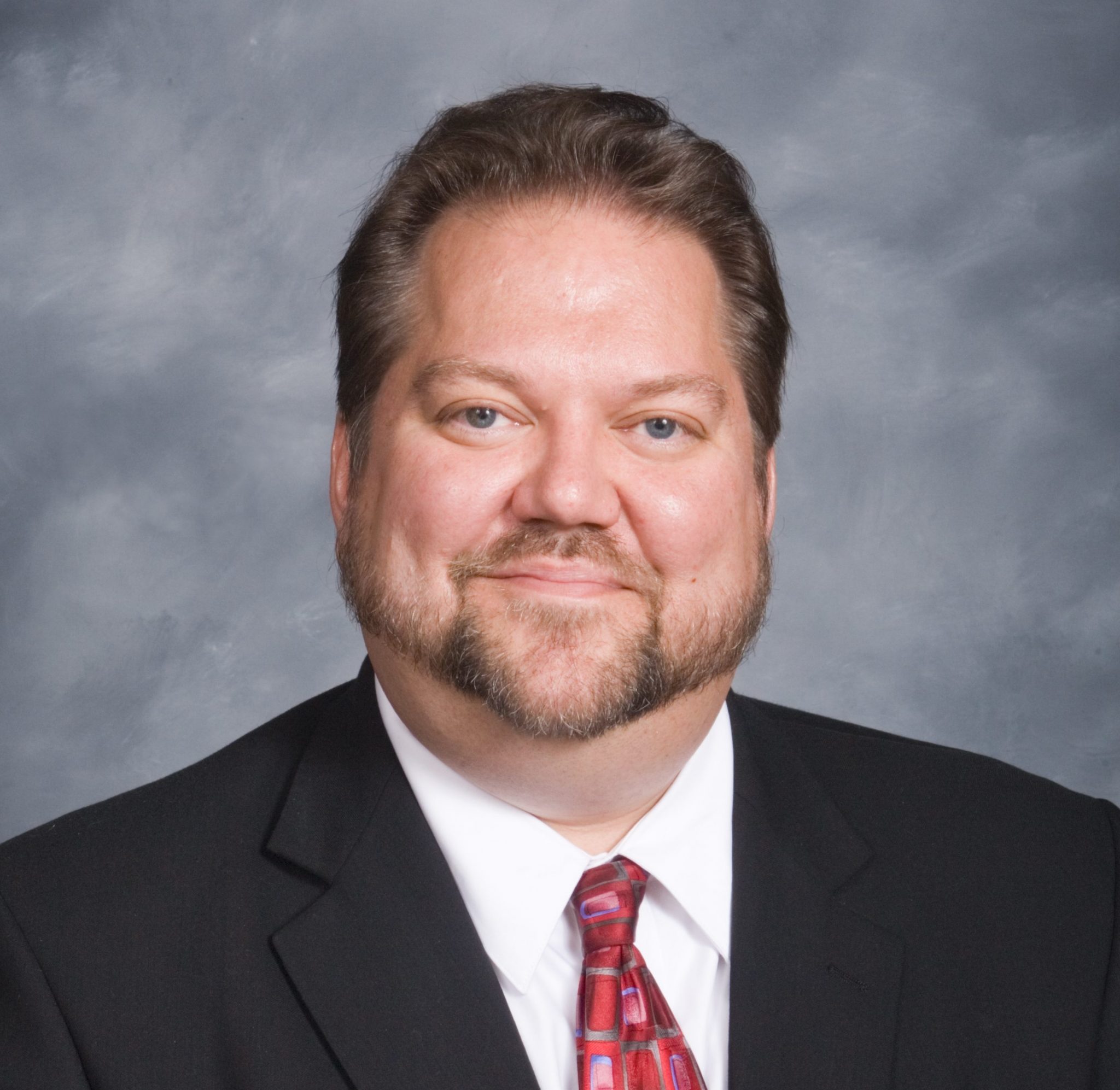 In the grand scheme of things the year 1880 was not really all that long ago. In my lifetime I’ve been privileged to know three of my great-grandparents, and each of them had been born within only a few years of 1880. Of course, when a nation like the United States is just 236 years old, a time period of 132 years is a pretty big chunk. Still, even if the late-nineteenth century is no longer within the reach of living memory for anyone today, all things being equal, it was not that long ago. But in many other ways, 1880 could just as well be thousands of years ago.
In the grand scheme of things the year 1880 was not really all that long ago. In my lifetime I’ve been privileged to know three of my great-grandparents, and each of them had been born within only a few years of 1880. Of course, when a nation like the United States is just 236 years old, a time period of 132 years is a pretty big chunk. Still, even if the late-nineteenth century is no longer within the reach of living memory for anyone today, all things being equal, it was not that long ago. But in many other ways, 1880 could just as well be thousands of years ago.
I say that because I was taken aback recently when reading Candice Millard’s fine book, Destiny of the Republic, which chronicles the 1880 election of President James Garfield and his subsequent assassination by an insane and disgruntled man who felt the President had failed to secure for him the government job that was ostensibly owed to him. Millard’s sketch of the time is fascinating on many levels and reveals how much has changed. Astonishingly, even fifteen short years after Lincoln’s assassination, it was still relatively easy in early 1881 for just about anybody to walk right into the White House and straight up to the outer office of the President. On the day in 1881 when Garfield was shot at a Washington D.C. train station, he had walked out of the White House’s front door, climbed into a carriage, ridden to the train depot, and walked up into the station all without the accompanying presence of a single security guard.
But that’s not what I want to mention in this blog post. What really bowled me over in reading this book is that after receiving the nomination for President at the 1880 Republican National Convention (much to his surprise as it came about at the last minute from a movement among the delegates), Garfield was told to go home to Ohio, stay on his farm there, and wait things out until the November election was completed.
Because, you see, at that time it was considered undignified for a presidential contender to campaign on his own behalf. This was left for others to do. So Garfield gave no stump speeches, did no whistle-stop tours, never debated his Democrat opponent. He mostly worked on his farm, received a few visitors on his farmhouse’s front porch, and on a couple of occasions—when the group of admirers who popped in for a visit was of decent number—Garfield was pressured to make some off-the-cuff remarks and quasi-speeches. True, some of those speeches were sufficiently impressive to his handful of listeners that they got quoted in a newspaper here or there but in terms of campaigning for the highest office in the land, Garfield’s front porch was about it.
Sound familiar? Of course not. We now live in the age of the perpetual campaign. Mitt Romney probably cannot even remember the last time he had a two-hour window of his life when he was not in active campaign mode. And, like most of his predecessors in recent decades, Barack Obama pretty much started to run for office again on January 21, 2009, shortly after putting his inaugural ball tuxedo back in the closet. Back in 1880 the idea that a candidate would ask for votes via a stump speech was thought to be undignified. One wonders what political figures of that time would make of today’s campaigns in which candidates wear funny hats, slurp down a given locale’s favorite cheeseburger or chili-cheese fries, and just generally whip crowds into frenzies by tearing apart the positions—if not the actual persons—of their opponents.
1880 may or may not represent “the good old days” of American politics when things were more restrained on the campaigning front. Nostalgia is usually the provenance of folks like me who just don’t know enough about a certain time period (because if you could see the big picture, the warts and wrinkles and downsides of that time would become evident, too). Still, “undignified” is a word that comes to mind sometimes these days, and for both sides of the political aisle. Romney, Ryan, Biden, and Obama all have cameras stuck in their faces 24/7 and the moment one of them makes a gaffe—as each of us does every day, albeit in the absence of obsessive recording devices—you can count on the folks on the other side soon appearing before another camera to poke fun of that gaffe. (YouTube is littered with such political pilings-on.)
Somebody will win again this November and then that person will make it his considered focus to appear “presidential” in all subsequent moments before the cameras. But that becomes increasingly tough to do after we require one, two, three years of non-stop campaign caterwauling, swift-boating, name-calling, and sneering in order to arrive at the high office.
I guess I’d rather walk up to the front porch, pull up a rocking chair, and just ask the candidate what he was thinking about this-and-that over a cool glass of lemonade. It’ll never happen that way again.
But what we have in its place hardly feels to me like progress.

